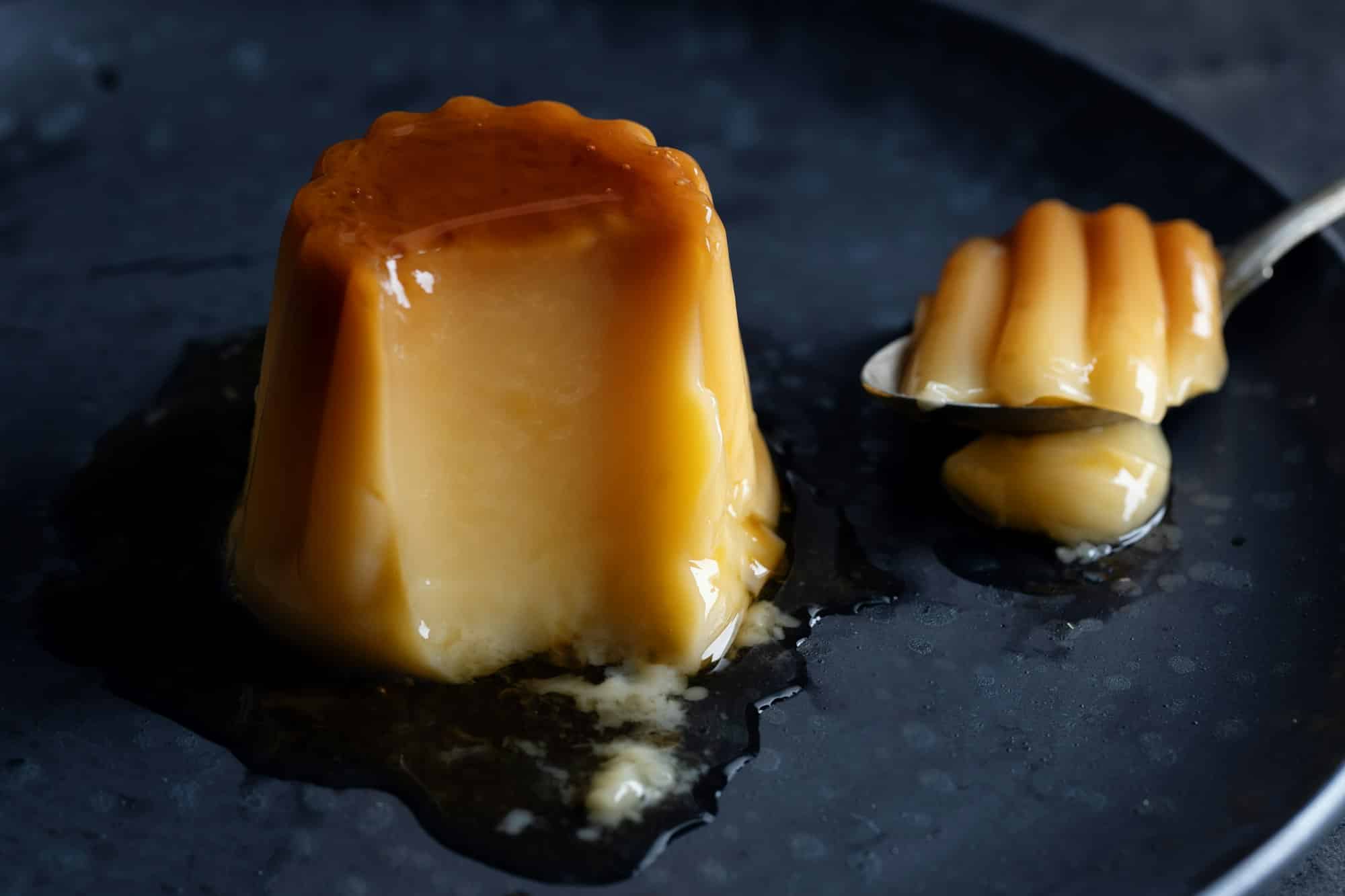At the heart of any dessert menu, the smooth, creamy Spanish flan holds a special place. Its simplicity belies its depth of flavor, with the rich, sweet caramel sauce perfectly complimenting the subtle, custard-like texture of the flan. However, creating this classic dessert at home can often seem daunting. Fear not, as we dive into the secrets behind making the perfect Spanish flan with caramel sauce.
The Essential Ingredients
Before we delve into the process, it is essential to understand the ingredients. The beauty of the Spanish flan lies in its simplicity, and you will need only a few ingredients: sugar, water, milk, vanilla, and eggs.
Also to see : How to Achieve a Crispy and Tender Korean Fried Chicken with Gochujang Glaze?
Sugar
Sugar forms the base for both the caramel sauce and the custard mixture of the flan. It’s important to use white granulated sugar as it caramelizes best.
Water
Water is used in making the caramel sauce, where it combines with sugar to create a smooth, golden syrup.
In the same genre : How to Prepare a Traditional English Cornish Pasty with a Perfect Pastry Crust?
Milk
Milk gives the flan its signature creamy texture. Whole milk is typically used, but you can substitute with skim or almond milk for a lighter version.
Vanilla
Vanilla is a key ingredient in the custard mixture, adding a subtle flavor that enhances the sweetness of the dessert.
Eggs
Eggs bind the custard mixture together and give it its smooth, creamy texture. This recipe calls for both egg yolks and whole eggs to achieve the perfect consistency.
Preparing the Caramel Sauce
The caramel sauce forms the glossy, golden layer that tops the flan. The key to a great caramel sauce lies in cooking the sugar and water mixture just right. Too little, and your caramel will be overly sweet and lack depth of flavor. Too much, and you risk burning the sugar and imparting a bitter taste to your sauce.
Begin by combining equal parts sugar and water in a pan over medium heat. Stir continuously until the sugar has completely dissolved. Increase the heat to bring the mixture to a boil, then stop stirring and allow the mixture to boil undisturbed.
Watch the mixture closely as it boils. The sugar will begin to caramelize and turn a deep amber color. Once it reaches this stage, remove the pan from the heat immediately to prevent the caramel from burning.
Carefully pour the hot caramel into your ramekins, tilting them to coat the bottom evenly. Work quickly, as the caramel will begin to harden as it cools.
Mastering the Custard Mixture
Creating the custard is where your flan really takes shape. Start by whisking the eggs and sugar together until they’re well combined. Then, heat the milk and vanilla together in a separate pan until it just begins to steam.
Temper the egg mixture by gradually adding the warm milk, whisking continuously. This step is crucial to prevent the eggs from curdling, which would result in a lumpy custard. Once all the milk has been incorporated and the mixture is smooth, it’s ready to be poured into the ramekins.
Baking the Flan
Baking your Spanish flan is a delicate process that requires a water bath, also known as a bain-marie. This technique ensures that the custard cooks evenly and maintains its smooth texture.
Place your filled ramekins in a larger baking dish and fill the dish with boiling water until it reaches halfway up the sides of the ramekins. This will insulate the custard from the direct heat of the oven and ensure it cooks gently and evenly.
Bake your flan in a preheated oven for about 45 minutes, or until the custard is set but still slightly jiggly in the center. Once baked, carefully remove the ramekins from the water bath and let them cool to room temperature.
To serve, run a knife around the edge of each ramekin to loosen the flan, then invert onto a plate to reveal the caramel sauce on top.
Ensuring a Smooth Spanish Flan
Consistency is key when it comes to a perfect Spanish flan. From ensuring your caramel doesn’t burn, to tempering your egg mixture correctly, attention to detail will ensure you achieve a smooth, creamy dessert that is sure to impress.
Remember to use the freshest ingredients possible, as this will greatly enhance the flavor of your flan. And finally, remember that practice makes perfect. It may take a few tries to get your flan just right, but the end result will be worth it.
Incorporating the Dairy: Evaporated Milk, Sweetened Condensed Milk, and Cream Cheese
A twist on the traditional Spanish flan recipe involves the addition of evaporated milk, sweetened condensed milk, and cream cheese. These ingredients provide an extra depth of creaminess and intensified flavor to the dessert.
When selecting your dairy products, always opt for fresh, high-quality ingredients. Evaporated milk, which is simply whole milk with about half of its water content removed, gives the flan a rich and creamy texture. Sweetened condensed milk, on the other hand, is whole milk that has been condensed and sweetened with sugar. It adds a velvety sweetness to your flan that’s hard to beat.
Cream cheese can be an optional addition to your flan recipe. When incorporated, it gives a slight tanginess that counterbalances the sweetness of the caramel sauce. Ensure that the cream cheese is at room temperature before you start, as this will make it easier to blend into your custard mixture.
To incorporate these dairy products into your flan, first, combine the evaporated milk and sweetened condensed milk in a saucepan and heat gently until warm. Add the cream cheese and whisk until smooth. Then, gradually temper this mixture into your egg yolks, just as you did with the milk in the previous sections.
Essential Tools for Perfect Flan: Flan Pan, Roasting Pan, and Bain Marie
The equipment you use is just as important as the ingredients when it comes to perfecting your flan. A flan pan (or cake pan if a flan pan is not available), a roasting pan and a bain marie or water bath are essential.
A flan pan, also known as a flanera, is specifically designed to make flan. It is a round, shallow pan with a lid that clamps on. This unique design allows for the flan to be cooked evenly and easily removed from the pan. If you don’t have a flan pan, a round cake pan will suffice.
As described earlier, a bain marie or water bath is essential for achieving the smooth, creamy texture of the flan. The water bath ensures gentle and even heating, which prevents the eggs from curdling during baking. A large roasting pan filled with hot water works well for this.
Before placing the flan in the oven, ensure the water in the bain marie is hot. This will ensure an even cooking process from the start.
Wrapping up the Flan-Making Process
The art of creating a flawless Spanish flan may seem daunting, but with attention to detail, high-quality ingredients, and the right tools, you can master the art. Remember to maintain a steady hand when creating your caramel sauce, temper your egg mixture carefully to avoid curdling, and use a bain marie for even cooking.
Whether you opt to include evaporated milk, sweetened condensed milk, and cream cheese or stick to the traditional recipe, you are sure to create a dessert that is sure to impress. With time and practice, you will perfect the process and a beautifully rich, smooth, and creamy flan will be your reward.
While the process may require patience and precision, remember that the best recipes are those made with love. So, sprinkle in a bit of passion, and you’re on your way to creating a delightful Spanish flan that will have your family and friends coming back for seconds.
Happy cooking, and as always, Spruce Eats is here to guide you through your culinary journey. Enjoy your delicious masterpiece!






